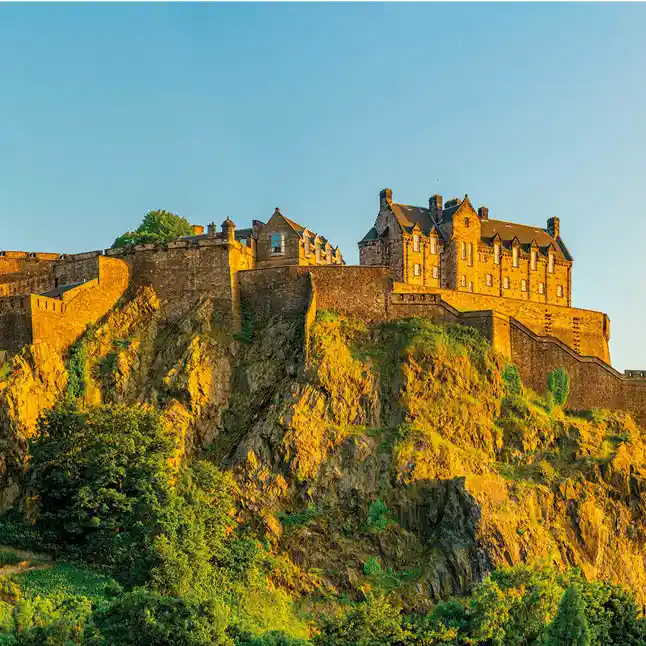
Diamond Princess
Disfruta del incomparable Diamond Princess, un barco en el que te sentirás como en casa mientras navegas por las ciudades más emblemáticas de Japón.



A complete trip is an experience like no other, where you will fully enjoy this destination.
This trip will include FLIGHTS from Madrid, Barcelona, or Lisbon, HOTELS, TOURS, a CRUISE aboard the Sapphire Princess,
TRANSFERS, and OPTIONAL EXCURSIONS.
Additionally, you will always have the assistance of a SPANISH-SPEAKING GUIDE.
If you want to know more... keep reading!



Additionally, you can book the Optional Excursions in Spanish from Mundomar Cruises to fully immerse yourself in the destination. Don’t miss out!




Disfruta del incomparable Diamond Princess, un barco en el que te sentirás como en casa mientras navegas por las ciudades más emblemáticas de Japón.
Here you can set description if this section hace any desccription. This discription can be very large and can have more 1 line, for example 2 or 3 lines. And you can change the style of text Tag.
